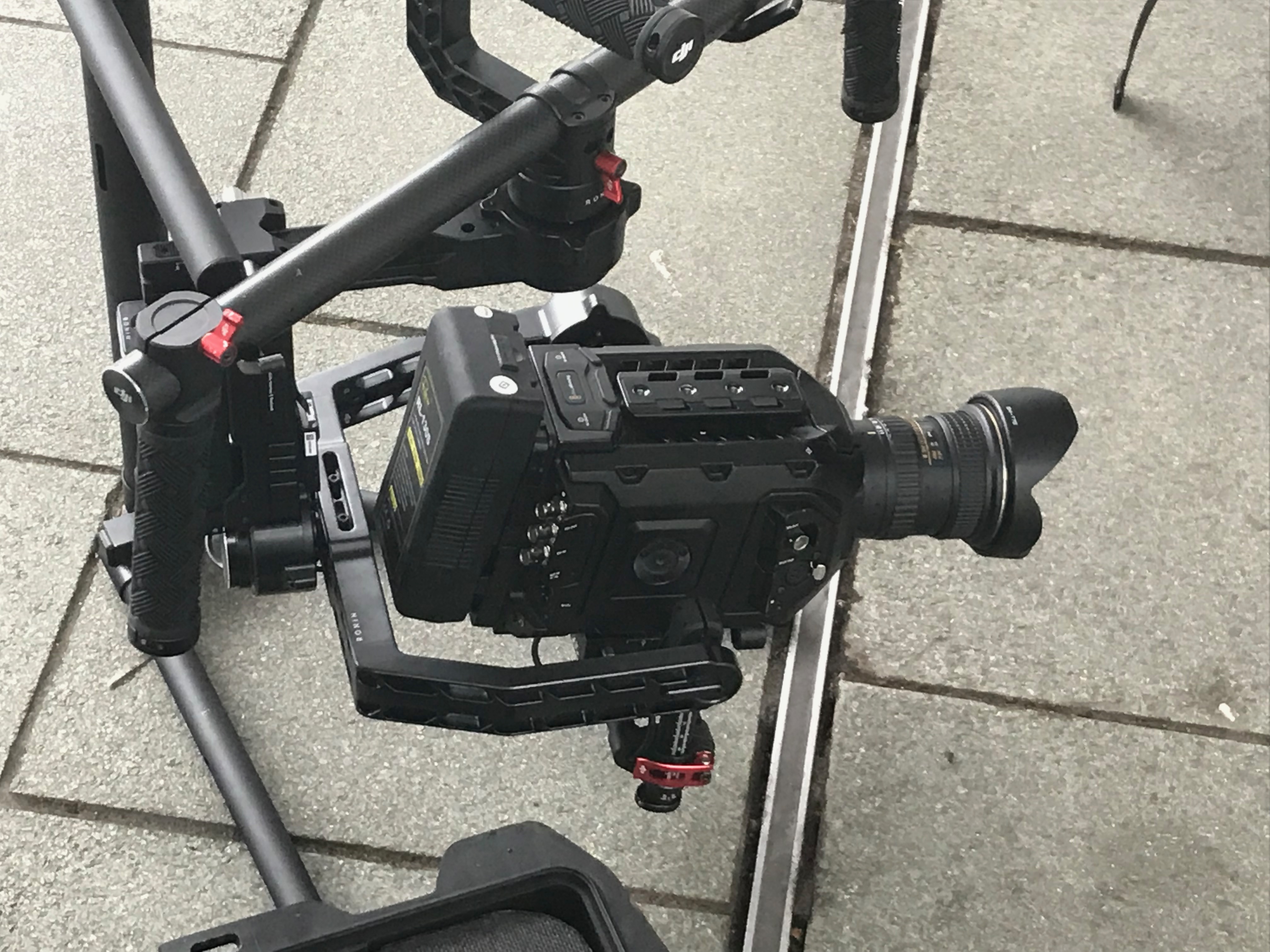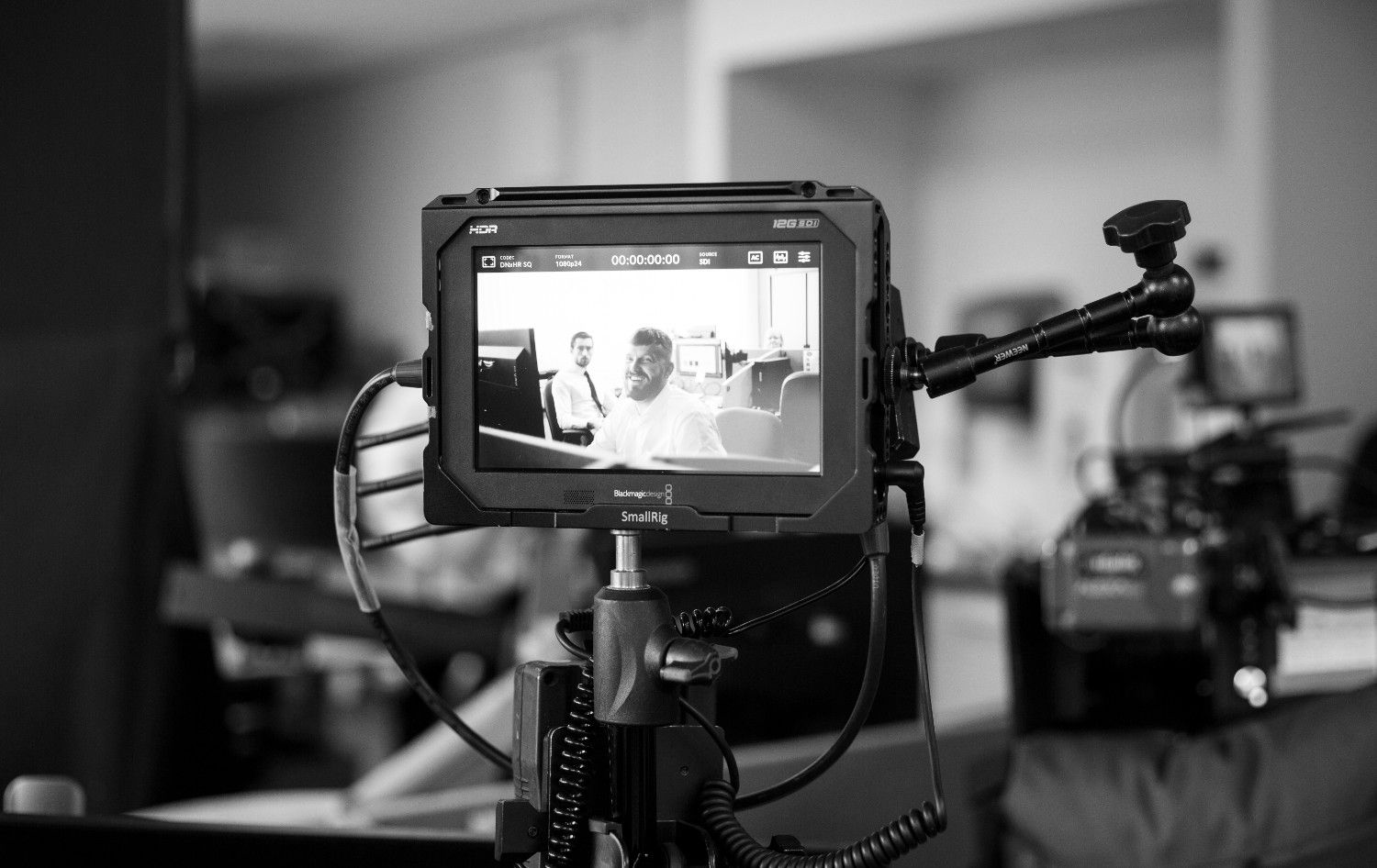Measuring Success After Partnering with a Video Production Agency
In the fast-moving online marketplace, we all inhabit today. Video stands out as the most effective medium for telling a story, capturing attention, and driving sales. Companies from every sector are turning to video production agencies to create polished, emotionally resonant content that enhances their brand and propels their marketing programs. After the vehicle of the story is built, the real accountability starts— the pressing question becomes, how to measure the success of your video campaign that actually paying off?
Understanding how to evaluate corporate video effectiveness is crucial to determining whether the budget you allocated is making a difference. Too often, companies invest substantial sums in promotional videos, only to find that, without solid performance tracking, the return on investment remains murky. A compliant assessment requires a structured method that defines precise objectives, identifie
. s trackable metrics, and considers the lasting influence on target audiences.
In this post, we dissect how to measure the performance of videos produced in collaboration with reputable production firms. We clarify the importance of measurement, How to measure video content success, and demonstrate how structured feedback loops drive ongoing refinement.

Why Measuring Video Success Matters
Hiring a professional video agency is a significant item on the budget line, but the true test comes weeks later: when you watch your campaign results. Too many brands think all that’s measurable is all that matters, while real drive occurs in the places where business imperatives meet audience response.
Here’s why the numbers still matter after shooting and scheduling the post:
- ROI documentation —they want returns — so the budget write—ups become budget pay—offs. Your agency must articulate how spending on video translates into metric shifts that can afford for finance and future projects to take a breath.
- Better future decisions —Standards uncover underperforming areas and allow smarter future video briefs. A tweak of that key message, of length or delivery channel, will move that next campaign a bit further up the hill.
- Know your viewer — Engagement curves and drop—off points reveal what viewers find engaging and what they won’t ignore, resulting in custom audiences that draw in the best cohort.
- Business alignment—Scaling the video envelope is nice numbers, but business value is ultimately logged on the P and L, the ASP, and bringing the brand along with you—conversion goals that should already be called out in your creative brief. View and click—the reports are flavored; conversion, trust—that’s a beachhead.
So the path into strong video returns now is to crunch what you’ve learned from your previous tests into ROI—contribution models that slingshot your actual targets deeper into your business system.

Start With Clear Objectives
You won't be able to determine if your video campaign was effective until you've defined what "effective" means to your company. Without such groundwork, there's the temptation to pursue the latest numbers, which contributes to time and money down the drain.
Take these steps to crystallize your goals:
- Be Aligned with the Business as a Whole—Your video is not an isolated project. Find out what the organization needs at the moment. An onboarding video may want to shorten time-to-competence, while a product launch campaign might have a goal of constructing a list of qualified leads.
- Assign Meaningful Metrics— Consider what will be different after the video. Measure metrics that demonstrate JVM success, such as on-page time, target-conversion volume, or video completion rates.
- Customize metrics—Customize metrics for the Video’s Purpose, on the leadership measurement level. A product explainer wants your target prospect to be able to explain its value, a training module wants to measure knowledge transferred or claims for compliance, a sales campaign measures the degree of acceptance sought, and a social media teaser looks for shares and comments.
- Establishing a Realistic Impact Timeline—Know when to take action, and build your narrative right now.
For the final analysis, articulate that clarity in objectives leads to precision in measurement—and for actionable reporting, surface what truly mattered to your business.
Key Metrics That Matter
Once you have your campaign objectives solidified, you move into the measurement stage. Many brands consider views to be the end goal, but authentic video success is so much more than that. Performance must be measured with a frame of reference in sight, which is exactly what these 5 essential metrics offer you. Here are the details to know:
1. Engagement Metrics
Engagement metrics measure how viewers engage with your story. Begin with watch time, the total hours your viewers spend watching the video. Then consider the average view duration to find out whether they stick around or leave early. Add to that the emotional signals of likes, comments, and shares; a lot of those over here means the content was clicked, while a flop means you need to tweak or rethink.
2. Conversion Metrics
Conversion outcomes best measure business impact from video. The click-through rate (CTR) quantifies the percentage of viewers who respond to your call-to-action. When gated content or sign-up overlays collect leads, you can see how well the video draws in potential customers. Monitoring the overall sales lift lets you assess the direct contribution of video marketing to revenue over time.
3. Retention Metrics
Retention Metrics reveal how effectively a video keeps the audience's focus. The drop-off rate pinpoints the exact moments viewers abandon the video, while the completion rate indicates the share of the audience that reaches the end. Analyzing these complementary metrics informs adjustments to narrative pacing, content sequencing, and overall video structure.
4. Brand Awareness Metrics
Videos are not just a sales tool. They build your brand in your consumers’ minds. Impressions tell you how many times your content is seen across feeds and channels, and brand recall — typically collected through follow-up surveys — lets you know if people walked away with your name on the mind.” When looked at in combination, these four numbers exemplify just how strong this video is for branding and reaching an audience.
5. ROI Metrics
Ultimately, with ROI metrics, you can see if your investment in video production pays off. Bookmark the amount you’re spending on producing against the money it brings, and you will see the bottom-line impact. Measuring cost per lead or cost per acquisition and attributing that action to video traffic demonstrates the tangible value that these initiatives deliver. By focusing on these metrics, businesses can establish a holistic success dashboard and continuously refine their strategy, laying the groundwork for even stronger performance in the future.
Feedback Loops and Continuous Improvement
Even the best of production houses can't always throw out perfect videos right from render. Metrics aren't the conclusion, they're the opening to endless improvement. You're always honing your video campaign's message and impact—a process that dynamically sharpens over time.
Here's how to create feedback loops that actually stick:
- Analyze and Report Early and Often – Dive into metrics dashboards on a weekly or monthly basis. So, separate the wheat from the chaff.
- Collect Input from your Viewers – Use in-video polls, quick surveys, or ask for viewer comments to secure the perceptions of your brand story.Brands can also use tools like SurveyMonkey to gather quick viewer feedback, making it easier to refine future video campaigns based on audience insights.
- Partner With Your Agency – Get your production team in the room. You are providing the narration of the numbers that invites them to pivot in tone, pacing, or the channel of release.
- Test and Experiment –Launch different thumbnails, titles, or CTA alternatives side by side to determine which are better at turning curiosity into clicks or conversions.
- Adjust Your Tactics –Refit your overall video marketing strategy over time so that every new upload incorporates lessons learned and surpasses its predecessors.
Whenever you assess how to measure your corporate video production's success, remember that honing your approach is an ongoing process.

Final Thoughts: Turning Insights Into Action
Letting a video production agency take the reins is a start, but the project doesn’t kick off until you get a finalized version of your video and make it live. Success is deliberate and measurable. You begin by setting well-defined goals before you even finish your script. Or, instead of guessing, you gather the signals that count. Think beyond vanity impressions and start focusing on ROI, audience retention, lead generation, and tangible touch points that drive sustained reach for your brand.
As the data comes rolling in—click through rates, nurturing conversions, product questions asked— you’ll be able to piece together a wall of proof and insight that validates the spend and fine-tunes the process for every future production. By nurturing, scaling, and consolidating these takeaways, you stop treating your video as a one-off line item on a creative plan and start treating it as a reliable, predictable generator of profitable outcomes.
If your business is looking to take its visuals from beautiful to boardroom-worthy, don’t hesitate to reach out to Simply Thrilled. We combine art and analytics, turning eye-catching video into a tool for predicting revenue — not just encouraging clicks. If you are armed with a robust video-marketing mindset and have a strong sense of data, we’re capable of helping you turn engagement into actual business results. Clients consistently measure every frame against key performance metrics – converting creative spend into clear, provable ROI. Forget the ordinary. Simply Thrilled is the crew that shaves the raw information and ambition into a video that isn’t only watched, but is actively profitable.
FAQs:
Q1: What’s the best way to tell if your video campaign delivers?
A1: Focus on engagement, conversions, retention, and ROI, and relate each number back to your original goals. That way, you’re not rated based solely on performance, but within a framework of performance according to what is important to the company.
Q2: How do you measure video if it’s not in-house and you’re working with a production agency?
A2: Establish goals from the outset, monitor key stats such as watch time and conversion, and arrange regular review sessions with the agency to tweak the plan along the way. Feedback should feel habitual, not episodic.
Q3: If it’s not all just views, how do you evaluate a corporate video’s ROI?
A3: Seek out lead generation, customer retention, and revenue change, not dashboard applause. These are the metrics that let you know if the video is successfully driving the business — views can’t do that on their own.
Q4: What are the key metrics to measure whether my video production is winning?
A4: Focus first on engagement—look at watch time, likes, comments, and shares. Next, track conversions, whether that’s sign-ups, purchases, or inquiries. Then consider reach, noting views, impressions, and audience growth. Finally, apply the ROI formula to understand what you get back for what you spend. These metrics will tell you whether the video is doing what you set out to achieve.
Q5: How can I tell whether brand awareness has improved as a result of the video campaign?
A5: Track the social reach, retention on the platform, engagement in the traffic on the website, and the number of times the brand is mentioned on social platforms. #SMTLive VTs on the rise is probably a good sign that more people are hearing about your brand, especially if they’re good and your audience retention is high.
Q6: Isn’t the success only by views?
A6: Not at all. Views tell you how many people watched, but not what people did or how they felt. Consider audience retention, engagement rates, conversions to your desired action, and any effect on sales. Together, these metrics indicated how compelling the video was.
Q7: How long does it take to see the results of my video campaign?
A7: Timing varies. Whereas social campaigns can indicate activity levels within the first few days, a high-quality corporate film may also take weeks or months before it starts impacting sales and shaping the perception of the brand. Regular, consistent tracking is crucial for seeing both the sudden and the gradual shifts.

.jpg)

.jpg)
%20(1).jpg)



